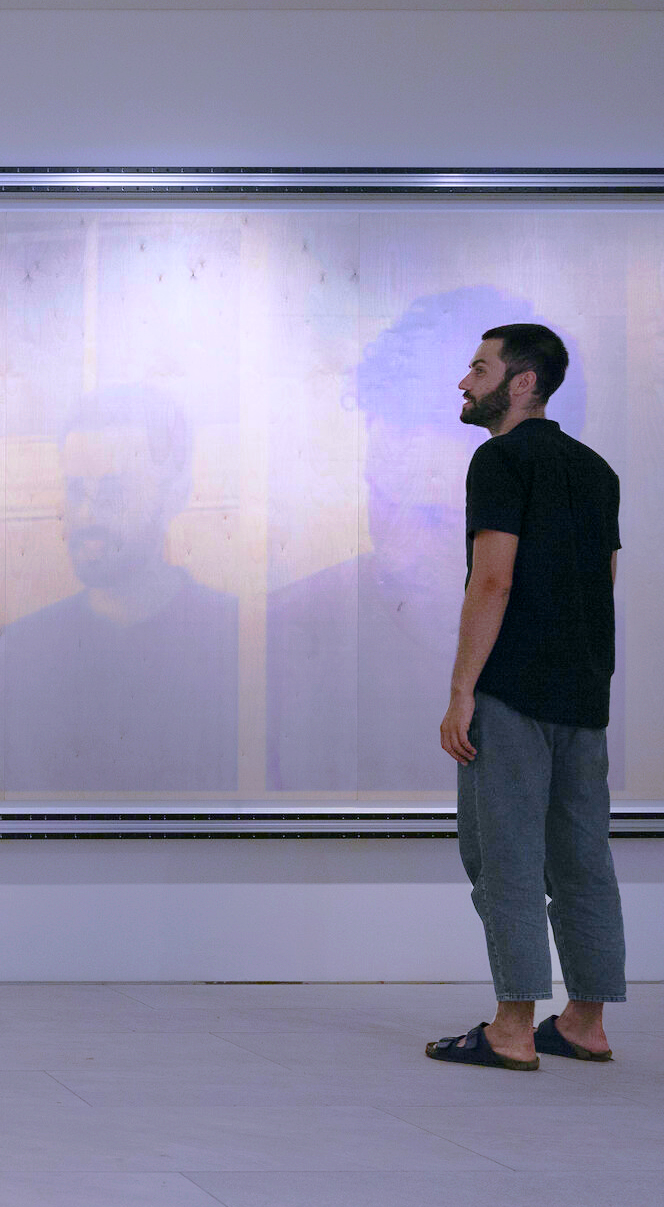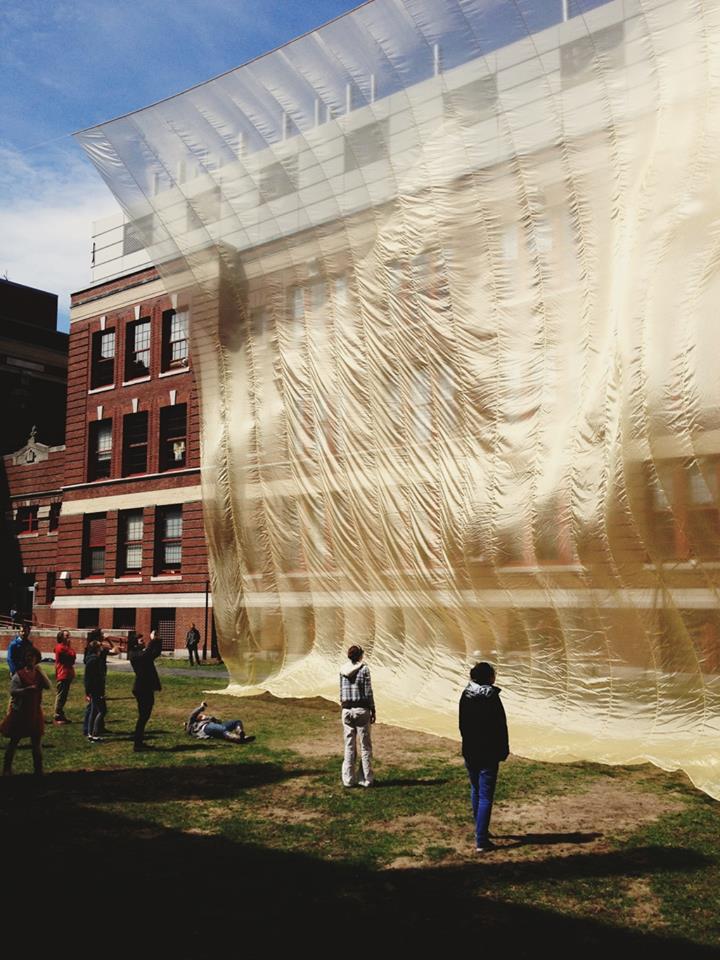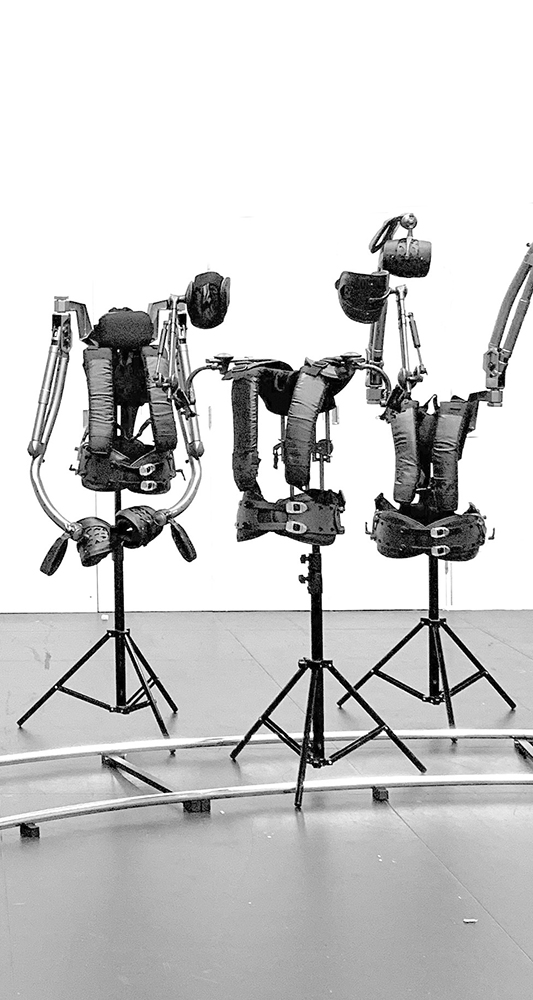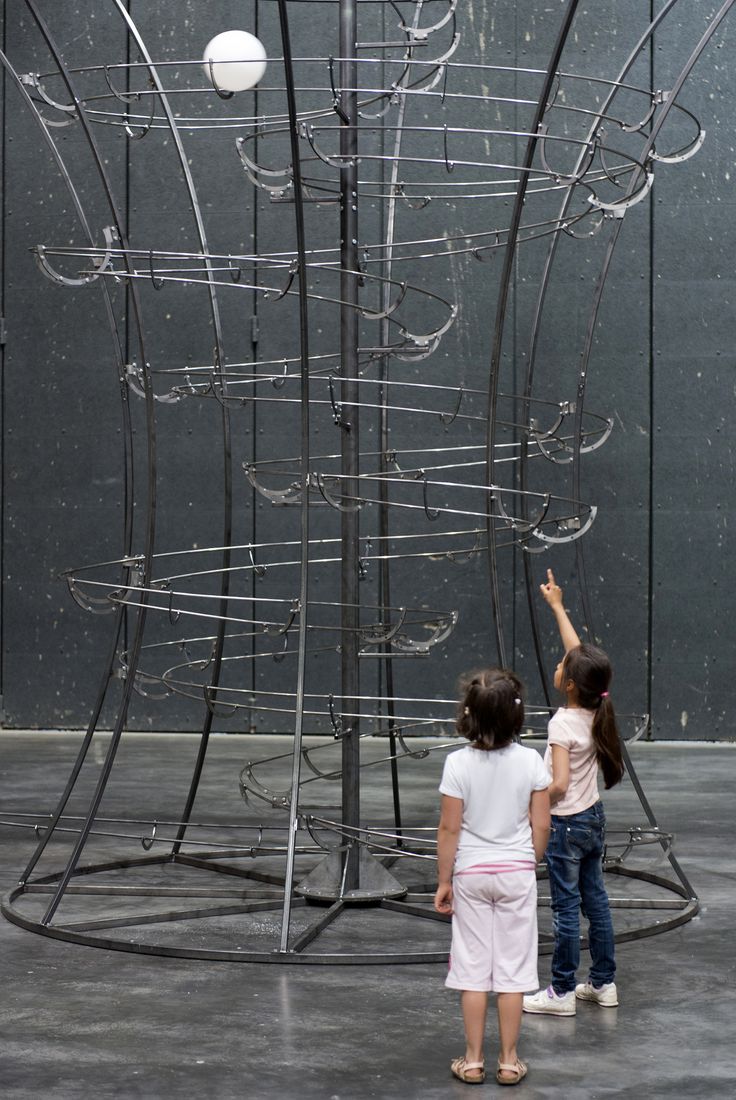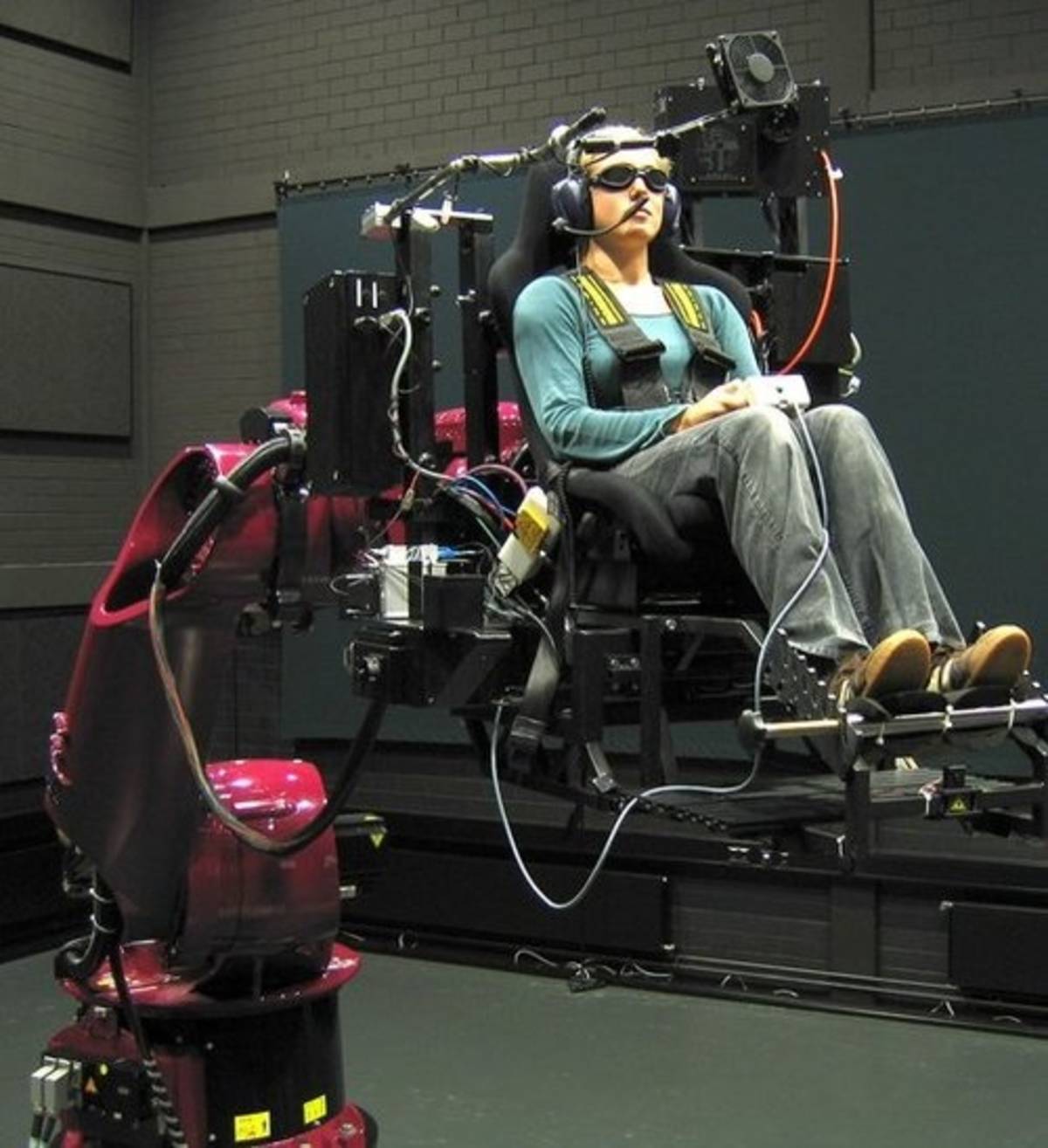The Feast of Trimalchio: Arrival of Golden Boat
Del Satyricon di Petronio, spiritoso e lirico malinconico dell’epoca dell’imperatore Nerone, ci pervenne quasi intatto solo il capitolo dedicato alla cena di Trimalcione. La fantasia di Petronio fece del nome di Trimalcione il simbolo della ricezza e del lusso, del vizio della gola e della lussuria in barba alla fugacità della vita umana.
Abbiamo cercato di presentare qualcosa di simile nelle realta` del Terzo Millennio. Così, abbiamo visto Trimalchione, ex servo, liberto, nuovo ricco che dà conviti di molti giorni nel suo palazzo, invece che una persona, come un’immagine generalizzata di un hotel di lusso, una sorta di paradiso terrestre, il soggiorno in cui è prepagato.
Gli ospiti dell’hotel – i ‘padroni’, esponenti del “miliardo dorato”, cercano di dedicare parte del loro tempo, in qualsiasi stagione, al soggiorno presso Trimalcione odierno che ha arredato il proprio palazzo – hotel con il massimo esoticismo e lusso. L’architettura del Palazzo Hotel rappresenta un’assurda sintesi della spiaggia tropicale con la stazione sciistica. I ‘padroni’ indossano abiti bianchi che sembrano, da una parte, l’uniforme dei giusti dell’Eden temporaneo, dall’altra, la tradizionale uniforme coloniale, e, al contempo, una collezione estiva alla moda. I ‘padroni’ impersonano tutte le caratteristiche dell’umanità: ci sono, tra di loro, personaggi dai bambini ai vecchioni, hanno certi segni psicologici e sociali: un pofessore è dissimile da un broker, una donna di mondo da una intellettuale. I ‘servi’ di Trimalcione, giovani e carini esponenti di vari continenti (asiatici, africani, latinoamericani), il personale dell’industria alberghiera, dalle cameriere ai cuochi, ai giardinieri, alle guardie e ai massaggiatori. Sono tutti giovani e belli e indossano uniformi tradizionali di vario colore a seconda dell’etnia. Sono una specie di ‘angeli’ “di colore” del paradiso al quale i ‘padroni’ possono accedere per un certo tempo.











